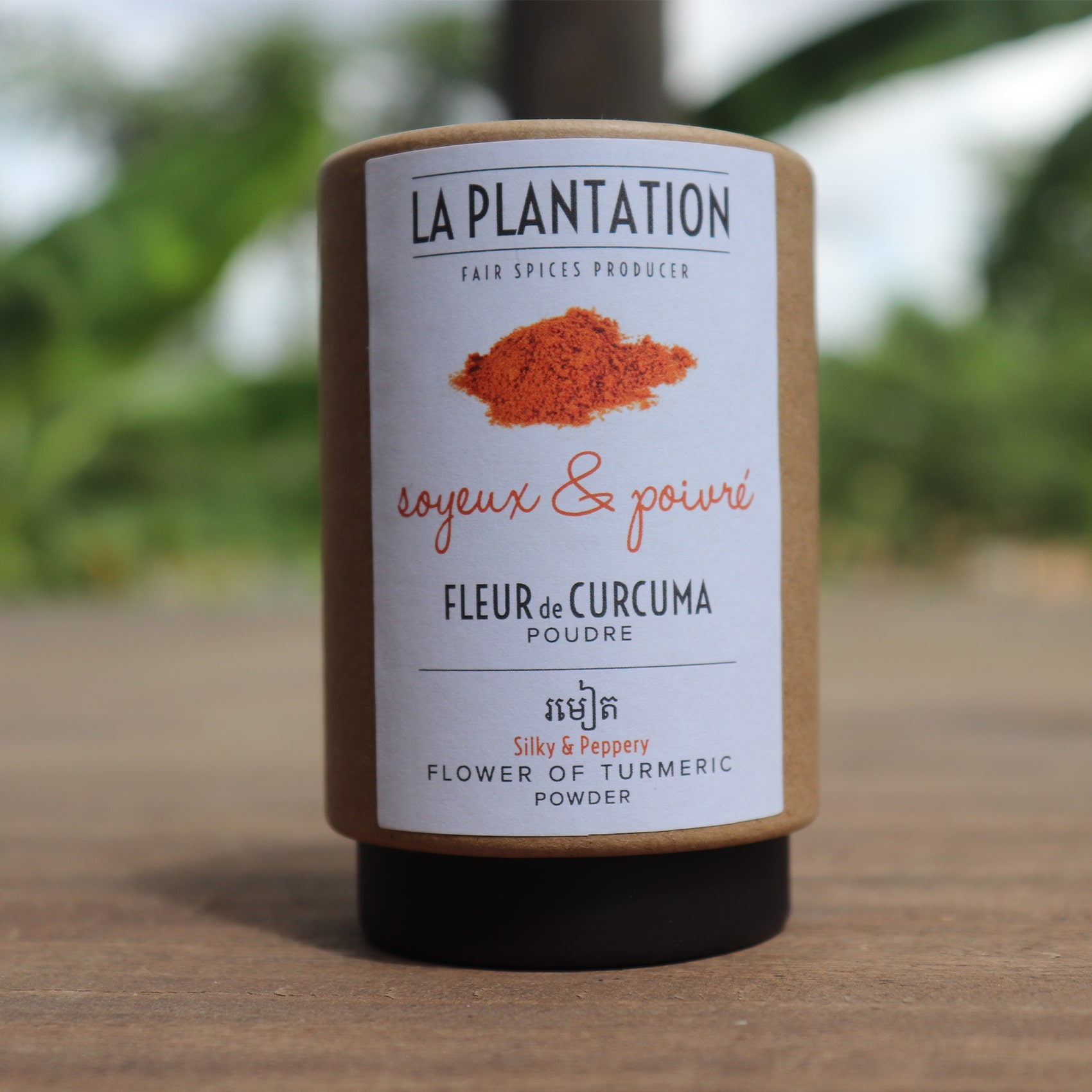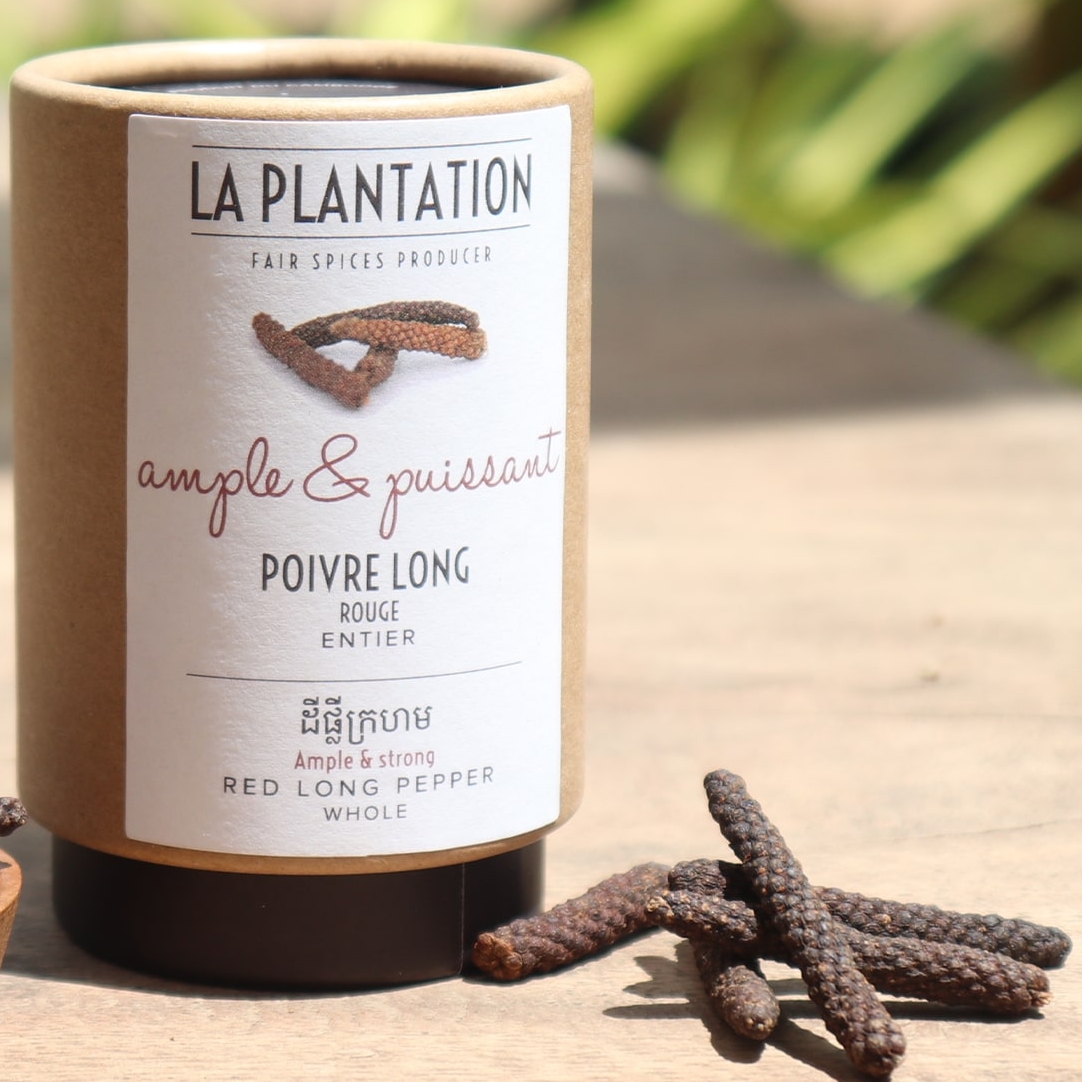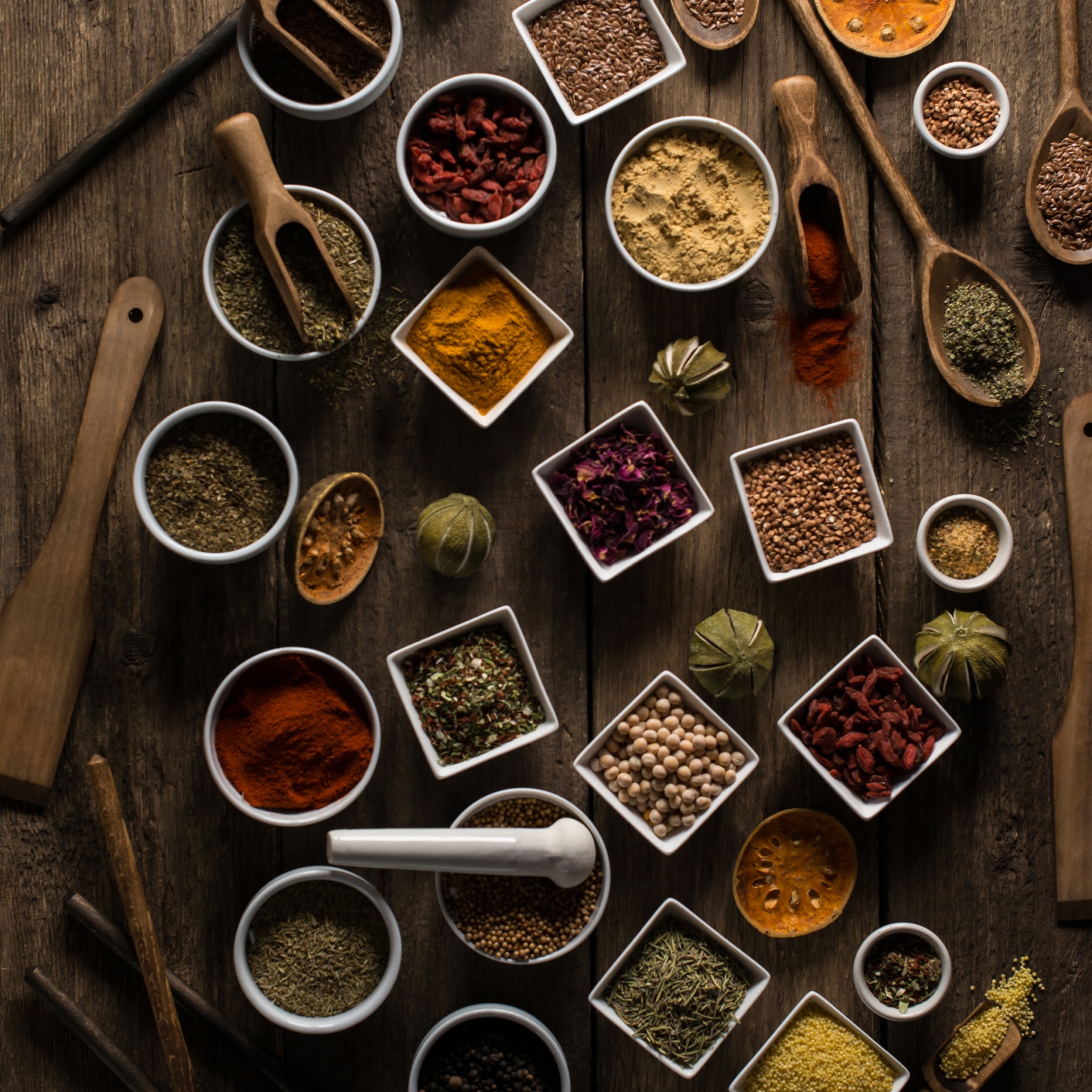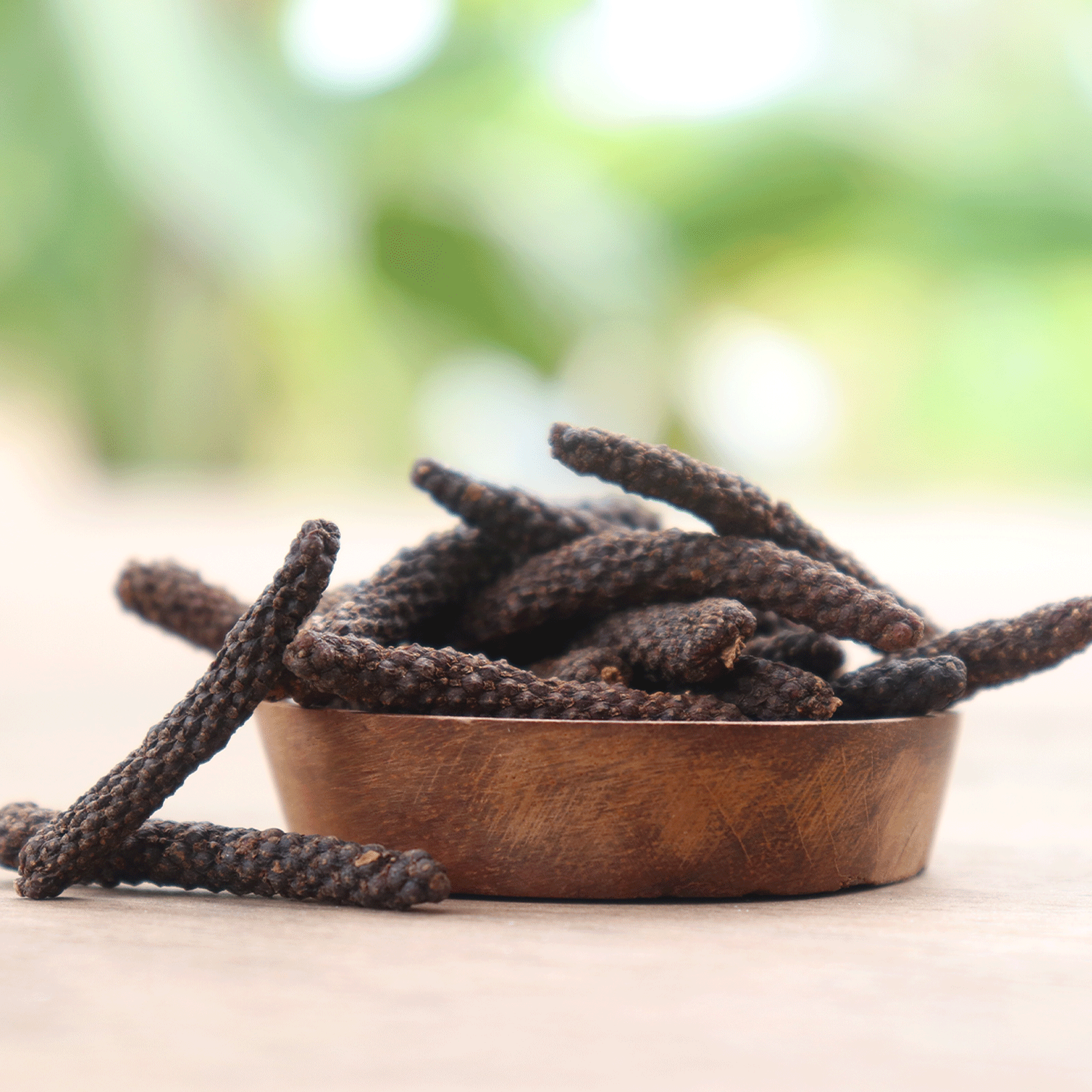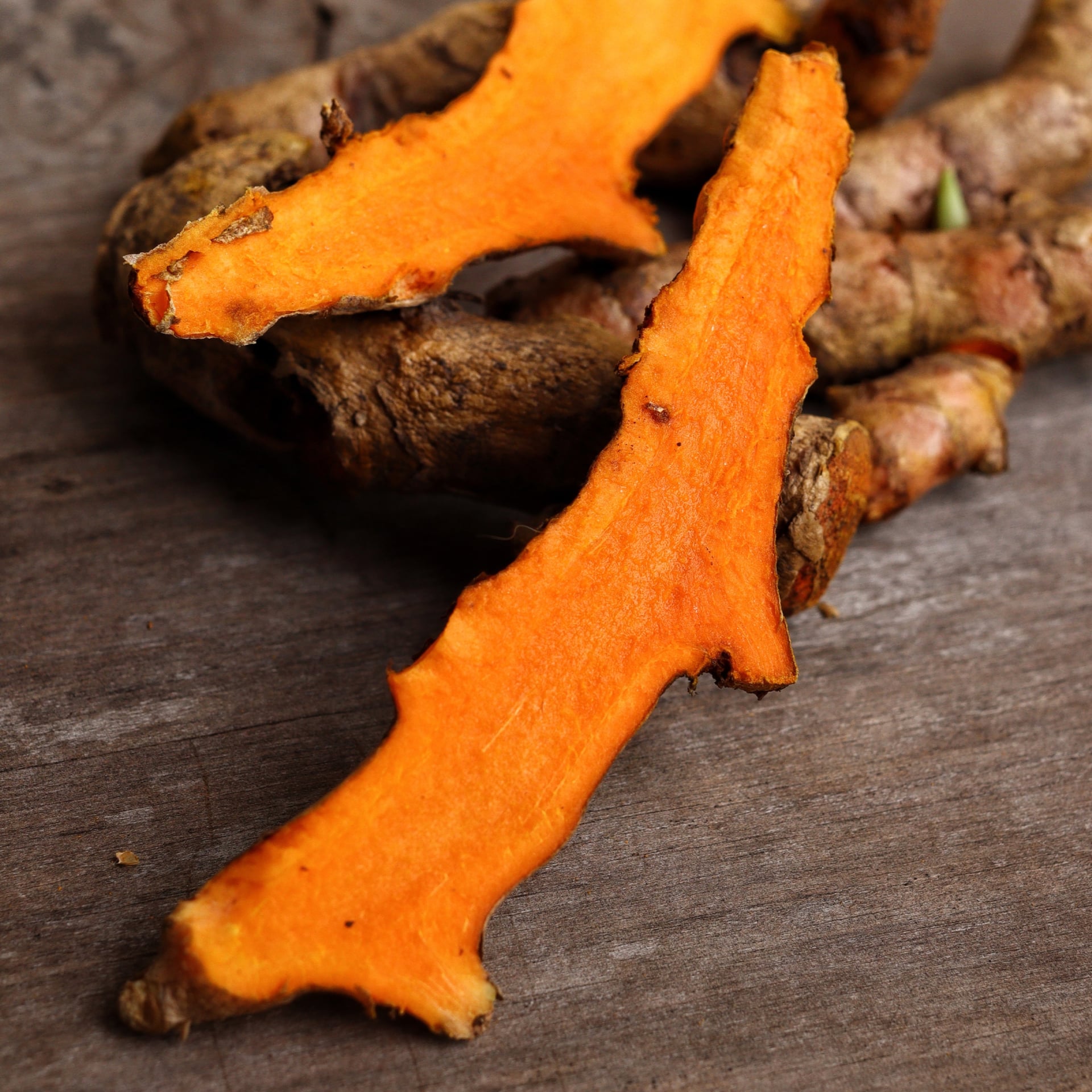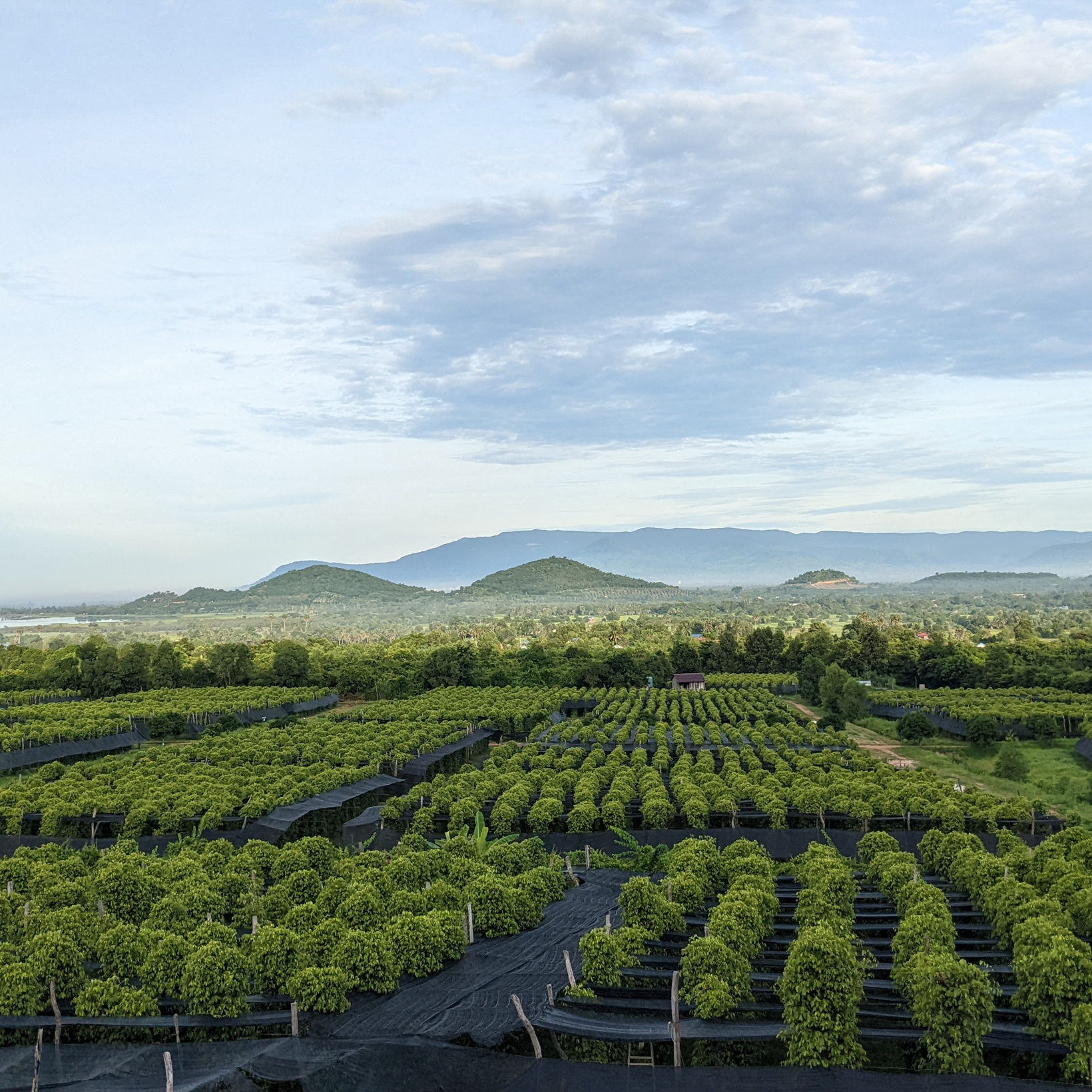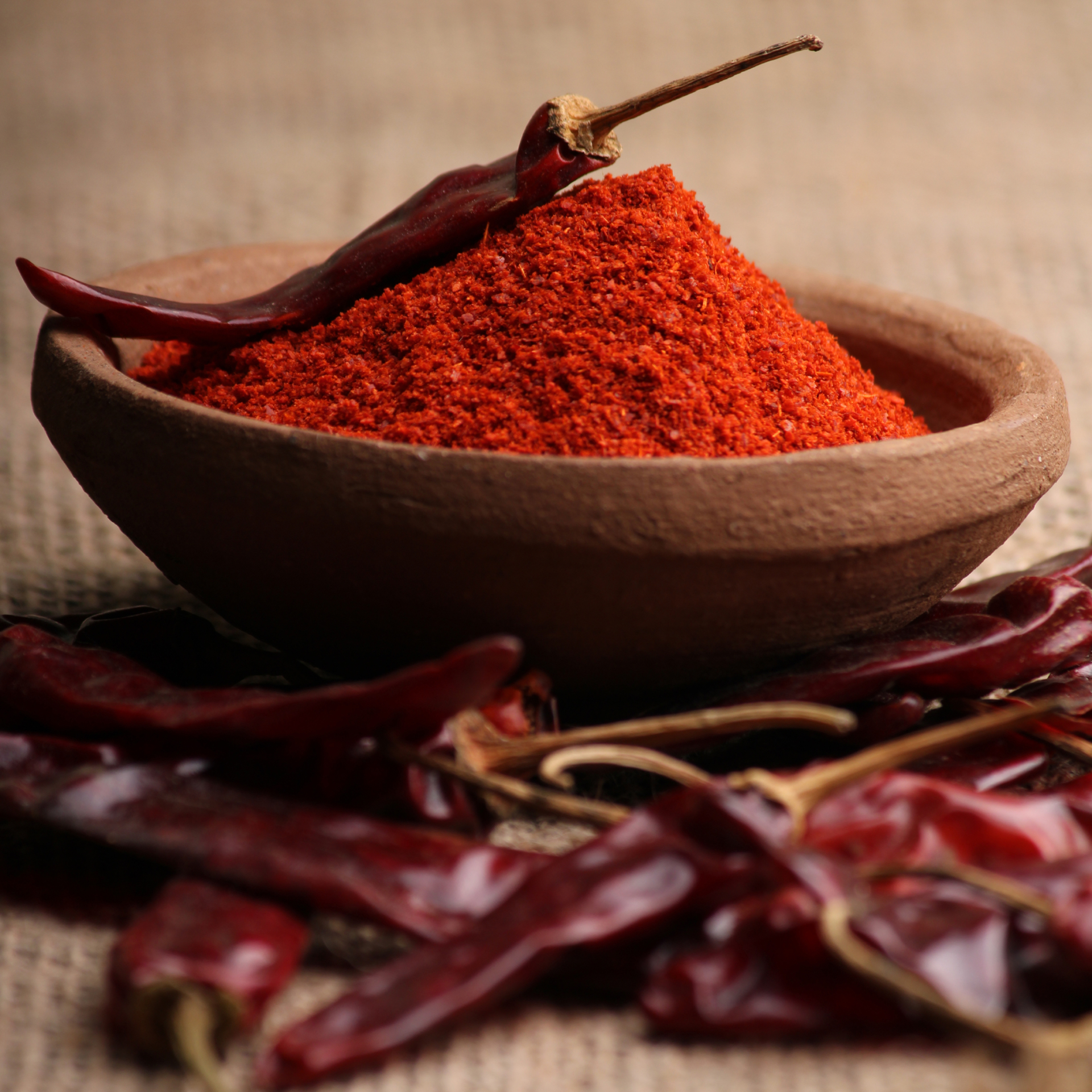
Whole spices or ground spices: which should you choose in cooking?
Sommaire
TL;DR
|
A single pinch of spice can turn a simple dish into a memorable experience. Both whole and ground spices have this unique power: they enrich recipes with aroma and taste. Think of a fragrant curry warming your kitchen, mulled wine on a cold evening, or cardamom brioche that reminds you of travel. Every seed and every powder tells a story.
But behind this aromatic richness lies a practical question: should you choose whole spices, known for authenticity and long storage, or go for ground spices, appreciated for convenience and immediate intensity?
At La Plantation, a family farm in Kampot, southern Cambodia, this question is part of daily life. From cultivation to harvesting and processing, each step requires understanding the nature of the spice to capture its best flavour. With this expertise, we share a complete guide to help you decide between whole and ground spices.
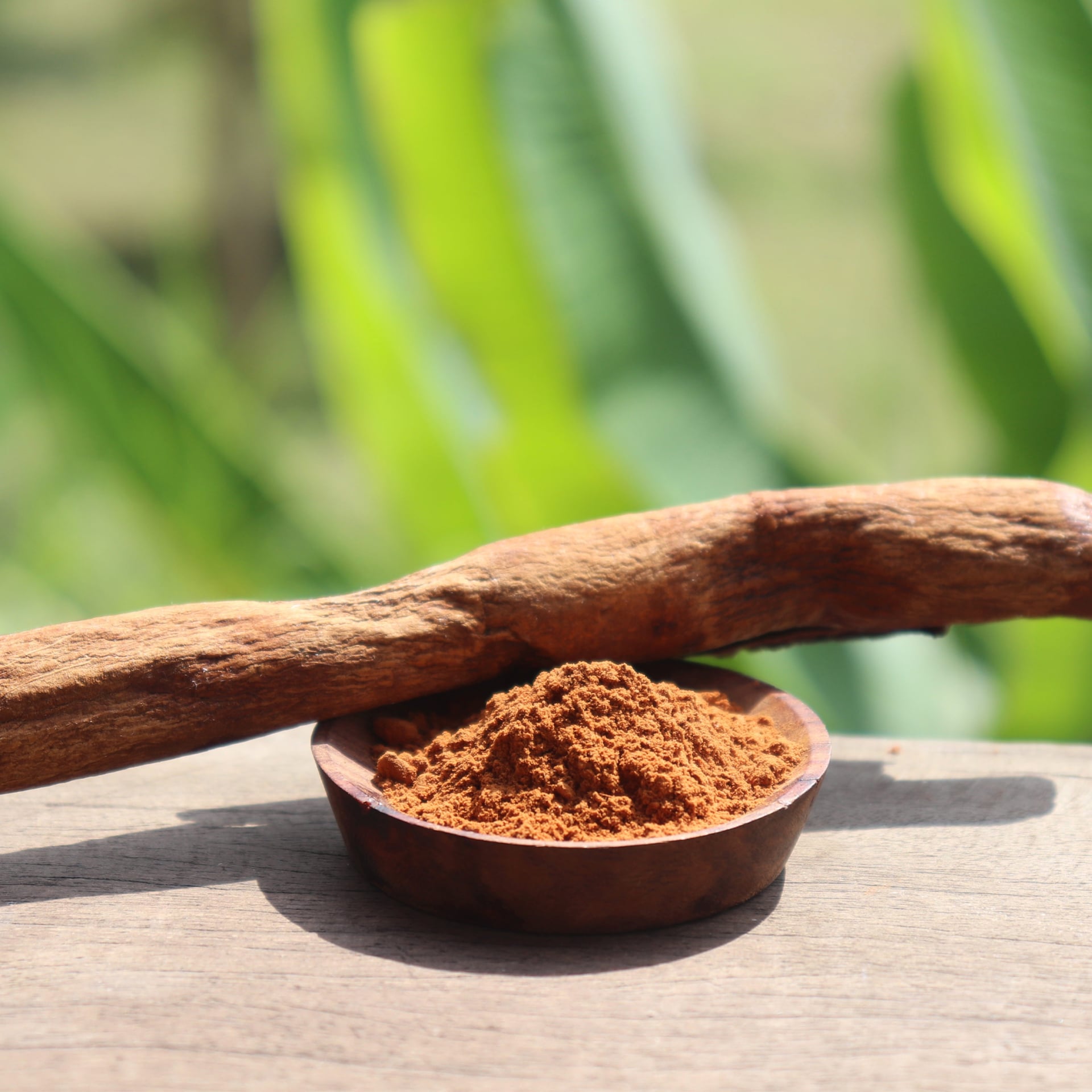
What is a whole spice and a ground spice?
Whole spices: the raw form
A whole spice is used in its natural form, sometimes only dried. It keeps its oils locked inside, which means flavours stay intact. You can recognise it by its raw look, solid texture, and subtle aroma when uncrushed.
Take cardamom as an example: beige pods filled with brown seeds. Used whole, they flavour rice, curries, or infusions. Once ground, they release a striking aroma that suits sweet recipes like homemade brioche.
Cassia cinnamon shows the limits of whole form: its thick, irregular bark is too hard to sell as sticks. Ground into powder, however, it delivers a warm sweetness.
Long red pepper is another example. In its whole form, it infuses flavour slowly. Ground, it releases heat and sweet notes immediately, making it perfect for mulled wine.
Ground spices: the practical form
Ground spices are made by crushing whole ones. This makes them easy to use and simple to dose. Just a pinch can season a sauce, marinade or cake batter.
The downside is that once ground, essential oils evaporate quickly. Their shelf life is shorter, and many commercial ground spices have already lost part of their flavour.
Ground spices are perfect for quick cooking, last-minute seasoning and desserts.

Why use whole spices?
Preserving aromatic richness
Whole spices keep their natural oils sealed inside, which means their aromas last longer. They resist oxidation and temperature changes better than powders. If you enjoy slow cooking and want full flavour, whole spices are the best choice.
Slow release of flavour
In cooking, whole spices release their taste gradually. They are ideal for stews, broths, curries or teas, where you want a deep, balanced flavour.
For example, adding a few cardamom pods to tea or a piece of long pepper to broth lets the aroma develop slowly. The result is subtle, layered and refined.
Easy and visual dosing
With whole spices, dosage is simple: one pod, one stick, a few grains. You can easily adapt recipes, infuse and then remove the spice before serving.
Chillies
Bird’s eye chillies, used whole, bring heat to oils, curries or stir-fries. They release strong spice gradually. But they can be tricky to control, and it is often best to remove them before serving to avoid surprises at the table.
Peppers
Peppercorns are the most iconic whole spice. In their natural form, they keep all their essential oils. When freshly crushed in a mortar or ground just before use, they release aromas far superior to pre-ground pepper.
-
Whole peppercorns are perfect for marinades, broths or slow-cooked dishes.
-
Freshly ground pepper elevates a salad, carpaccio or fresh cheese.
A simple pepper mill can transform your dishes. Be cautious with pre-ground pepper sold in shops: it often contains dust, oxidised grains and little true pepper, resulting in a bland powder.
Limits of whole spices
The main drawback is time. Whole spices often require crushing, grinding or long infusion. Quick recipes, like stir-fries or dressings, may not benefit from their slow release.
Recipes with whole and freshly ground spices
-
Fig jam with Mondulkiri Black Pepper: crushed grains enhance sweetness without overpowering.
-
Chocolate fondant with Mondulkiri Red Pepper: a balance between bitter cocoa and fruity heat.
-
Scallop carpaccio with Mondulkiri White Pepper: fresh and delicate, perfect for festive dishes.

Why choose ground spices?
Everyday convenience
Ground spices are ready to use and easy to measure. They blend into sauces, soups, marinades or cake batters in seconds. They are ideal for busy cooks who want flavour without extra steps.
Freshness depends on quality
The main weakness of ground spices is freshness. In supermarkets, powders often lose intensity after long storage and transport. To enjoy real flavour, choose freshly ground spices packaged close to harvest.
At La Plantation, spices are ground and packed on the farm in Cambodia the same day they are picked. The result is a vibrant powder, full of essential oils, far from the dull products found on mass market shelves.
Best uses for ground spices
-
Cardamom powder duo: perfect for pistachio and cardamom brioche, light and aromatic.
-
Long pepper powder: excellent in homemade mulled wine, with sweet and spicy notes.
-
Cassia cinnamon powder: delicious in galette des rois, fig tarts or crunchy granola.
-
Root powders (galangal, turmeric, ginger): a sustainable alternative to fresh roots, which are often flown refrigerated.
-
Paprika powder: adds bright colour and smoky flavour to marinades, tomato sauces or roasted vegetables.
Grinding your own spices
A mortar and pestle releases aromas gradually.
A spice or pepper mill gives fine, even powder in seconds.
Limits of ground spices
Ground spices oxidise quickly. To keep them fresh:
-
Store in airtight jars.
-
Keep away from moisture and light.
-
Avoid bulk spices sold open to air.
-
Buy in small amounts and renew often.
Tableau comparatif entre épices moulues et entières
| Criteria | Whole spices | Ground spices |
| Aroma | Preserved, released gradually | Intense flavours, immediate |
| Shelf life | Several years | 12 à 18 monts |
| Usage | Slow to prepare (crushing, infusion) | Quick and ready to use |
| Best for | Stews, infusions, long marinades | Quick cooking, desserts, baking |
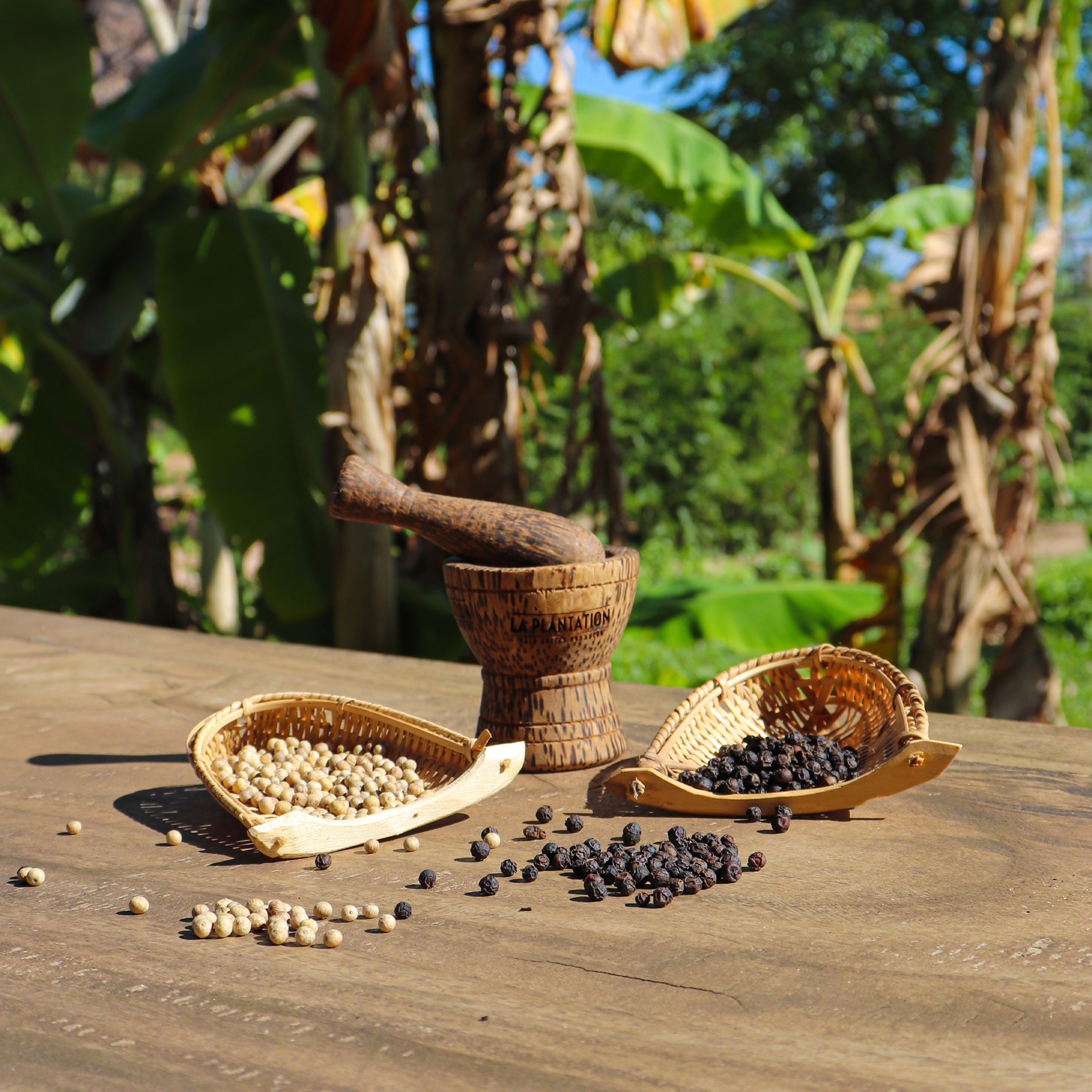
Spice storage and shelf life
Why storage differs
Essential oils are volatile. Once a spice is ground, essential oils meet the air and evaporate quickly. Whole spices, protected by their shell, stay fresh longer.
Whole spices
-
Can last several years if stored well.
-
Ideal for bulk buying.
Ground spices
-
Best used within 12 to 18 months.
-
More sensitive to light and humidity.
Storage tips
Use airtight jars.
Keep in a cool, dry place.
Avoid bulk spices exposed to air.
Check the best-before date, but remember spices do not become unsafe, they only lose strength.
FAQ: whole spices vs ground spices
Are whole spices better than ground spices?
Whole spices keep flavour longer because their oils are protected inside. Ground spices are convenient but lose freshness faster.
How long do ground spices last once opened?
Most ground spices keep their taste for 12 to 18 months if stored in airtight jars, away from light and moisture.
When should I add whole spices in cooking?
Add whole spices early in slow-cooked dishes so they release flavour gradually. For lighter aroma, add them towards the end.
Can I grind my own spices at home?
Yes. A mortar and pestle releases deep aroma, while a spice mill gives fine powder. Grinding just before cooking gives the freshest taste.
What is the best way to store spices?
Keep both whole and ground spices in sealed jars, in a cool, dark cupboard. Avoid keeping them near the hob, as heat and steam reduce their quality.
Choosing between whole spices and ground spices depends on how you cook. Whole spices bring longevity, depth and authenticity. Ground spices offer speed, ease and instant intensity.
At La Plantation, we believe the two complement each other. That’s why we provide both formats, prepared with care, so every cook can find the right balance.
We also create new spice powders worth adding to your cupboard: long pepper powder and cardamom powder duo, alongside our popular cassia cinnamon powder for both sweet and savoury dishes.
